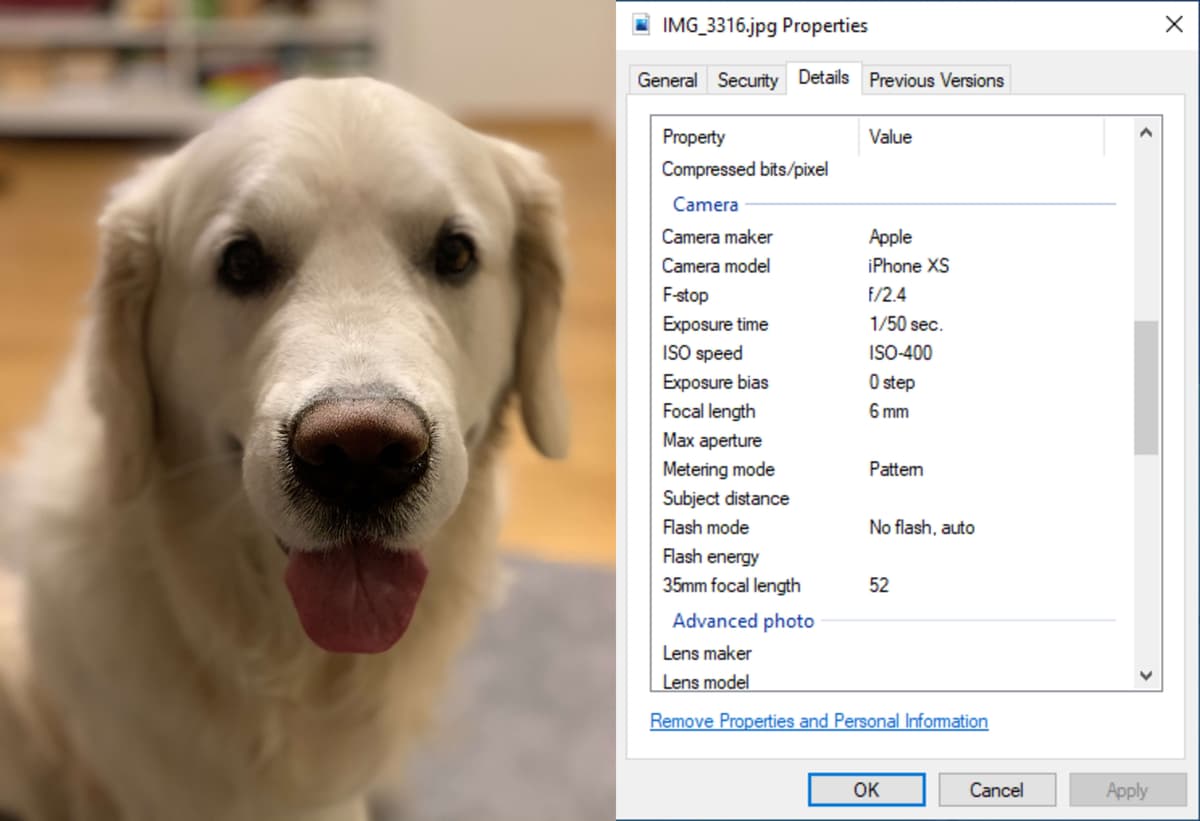Can Reverse Image Search Help in Academic Research?
Key Takeaways:
Reverse image search can be a potent tool in academic research, aiding in identifying an image's origin, providing additional context, and serving as a cross-referencing tool.
The reliability of reverse image search can depend on the search engine used and the quality of the image. It's advisable to use trusted search engines like CopySeeker for best results.
Practical applications of reverse image search in research include identifying manipulated images, tracking an image's usage history, and finding related images.
How Reverse Image Search Benefits Academic Research
Among the numerous benefits that reverse image search offers, three stand out for their unique contribution to scholarly exploration.
First, it can reveal the source or origin of an image. For a researcher, identifying the original source of an image can be critical, especially when evaluating the credibility of information or finding primary resources.
Second, it can provide additional context to an image. Reverse image search can direct researchers to pages where the image has been used, allowing them to gather more information about the image's context and relevance.
Lastly, it can be a tool for cross-referencing. By using reverse image search, researchers can find all instances of an image's use online, which can be instrumental in comparing and contrasting information from various sources.
Is Reverse Image Search Reliable for Academic Research?
Before counting on reverse image search for academic research, one must consider its reliability. There are, however, some factors that can affect its reliability.
For instance, the accuracy of the search results can depend heavily on the search engine used. Some search engines may offer more accurate and comprehensive results than others. Therefore, it's always a good idea to use a trusted and reliable search engine. CopySeeker is one of the leading reverse image search engines in the market today.
Another factor is the image quality. Low-quality images can sometimes yield less accurate results.
It's also important to note that while reverse image search can provide additional information, it's not a replacement for traditional research methods. It should be used as a supplementary tool to enhance research, not to replace the process of critical analysis and evaluation that is vital in academic research.
Practical Ways to Use Reverse Image Search in Academic Research
Let's explore some practical ways researchers can use reverse image search in their scholarly pursuits.
First, it can help in identifying fake or manipulated images. In an era where misinformation can be easily spread through doctored images, reverse image search can be a handy tool for fact-checking and ensuring the authenticity of images. The article how to use reverse image search to identify fake news and misinformation provides useful insights on this topic.
Second, it can aid in tracking the usage history of an image. If a researcher wants to understand how an image's meaning or interpretation has changed over time or across different platforms, they can use reverse image search to track its usage history.
Lastly, it can assist in finding related images. When a researcher is studying a particular topic and wants to find similar images for comparison or analysis, reverse image search can prove to be a valuable tool.
FAQs
How can reverse image search contribute to academic research? It can contribute by identifying an image's origin, providing additional context, serving as a cross-referencing tool, helping identify manipulated images, tracking an image's usage history, and finding related images.
Is reverse image search reliable for academic research? Yes, but its reliability can depend on the search engine used and the quality of the image. It's not a replacement for traditional research methods but can be an excellent supplementary tool.
Latest Blog Posts

Reverse image search - things you should know
Dive into the intriguing world of reverse image search. This guide illuminates its mechanics, benefits, and myriad applications. Learn how it empowers digital investigation, from validating image origins to discovering visually similar content.

EXIF Data: Understanding, Finding, Using, and Removing It
EXIF is the data from camera settings stored in an image file. This data includes settings like shutter speed, max aperture, ISO, white balance, camera model and make, flash mode, metering mode, focal length, and more.
How to Reverse Image Search on iPhone?
Reverse image search is a valuable tool for finding the original source of an image, verifying its authenticity, or discovering similar images. This article will walk you through the process of performing a reverse image search on your iPhone.
Why Copyseeker still the best reverse image search engine?
As the landscape of reverse image search engines continues to evolve, one platform consistently outshines its competitors – Copyseeker. In 2022, it was recognized as the best, and it has only upped its game since then.